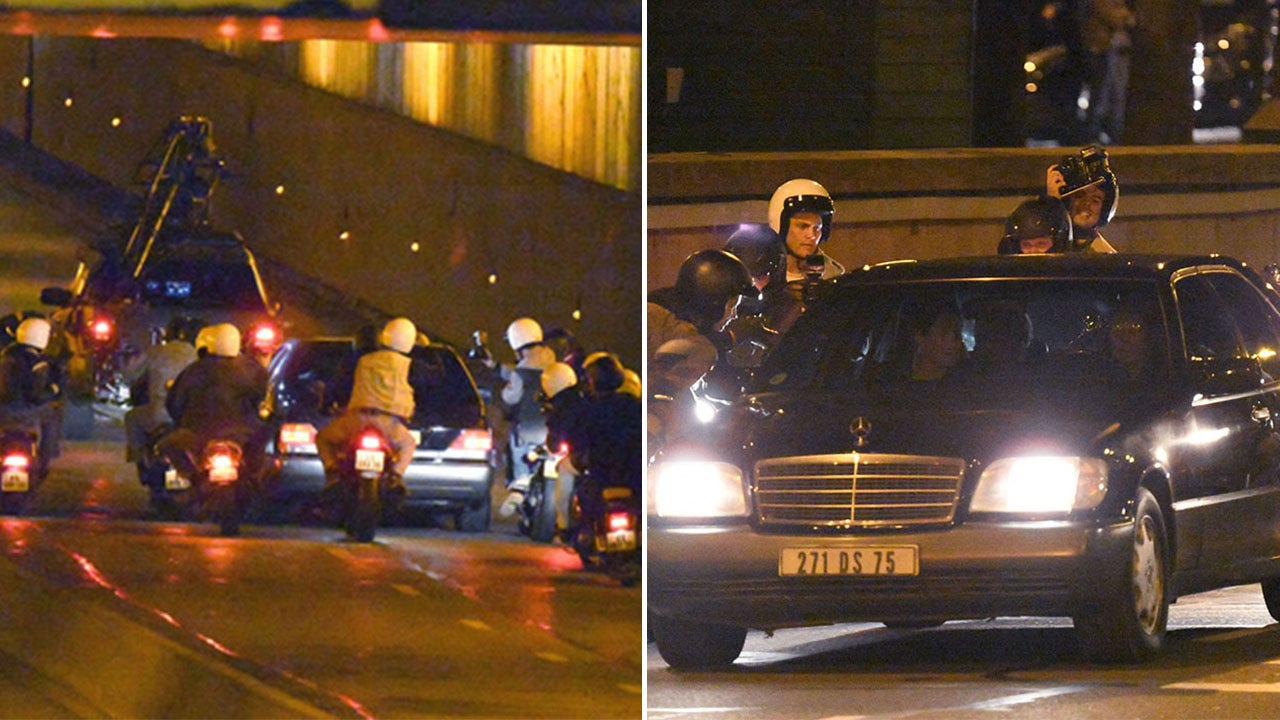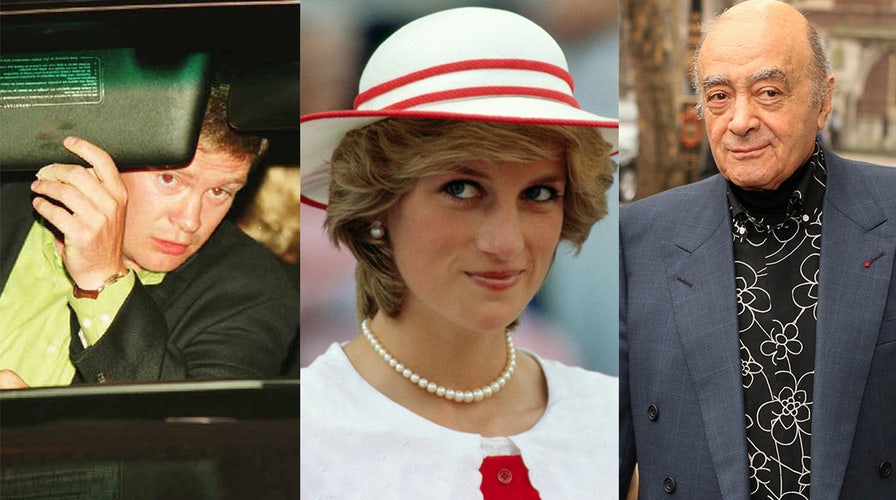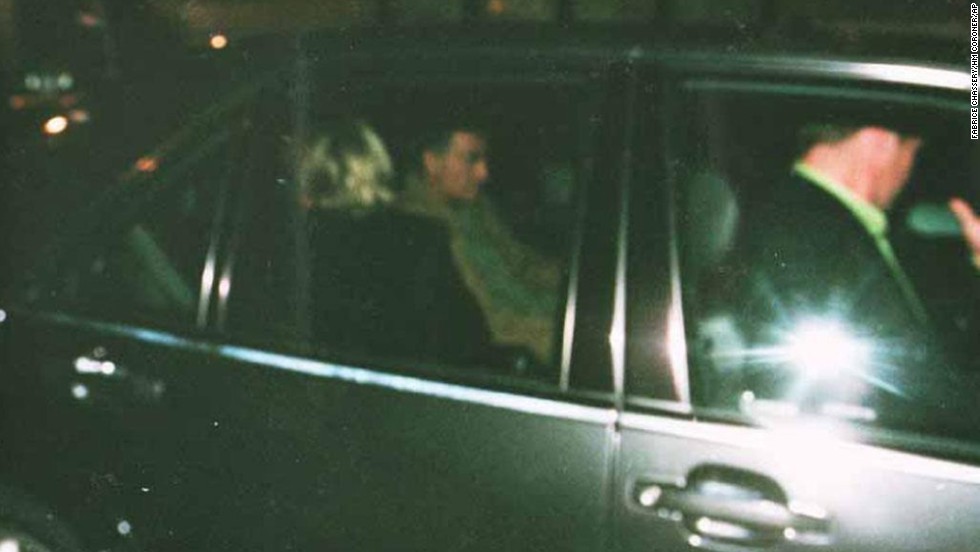Crash Photos Of Princess Diana: A Comprehensive Look At The Tragic Accident
The tragic car crash involving Princess Diana remains one of the most significant and heartbreaking events in modern history. On August 31, 1997, the world was shaken by the news of her untimely death in a high-speed accident in Paris. The crash photos of Princess Diana have since become an integral part of understanding the circumstances surrounding that fateful night. This article aims to explore the details of the accident, the significance of the photographs, and their lasting impact on public perception.
Princess Diana was beloved by millions around the globe for her humanitarian efforts and graceful demeanor. Her sudden death left a void in the hearts of many and sparked widespread grief. The crash photos of Princess Diana not only captured the immediate aftermath of the accident but also raised questions about privacy, paparazzi culture, and the media's role in her life.
As we delve into this topic, it is essential to approach it with sensitivity and respect for the memory of Princess Diana. Understanding the events leading up to the crash, the role of the photographs, and the lessons learned from this tragedy can help us appreciate the broader implications of celebrity culture and media ethics.
Read also:Kingda Ka Roller Coaster At Six Flags The Worlds Tallest And Fastest Thrill Ride
Biography of Princess Diana
Early Life and Rise to Fame
Princess Diana, born Diana Frances Spencer on July 1, 1961, was a member of British aristocracy. She grew up in Norfolk, England, and later became Lady Diana Spencer after her father inherited the title of Earl of Spencer. Her life took a dramatic turn when she married Prince Charles, heir to the British throne, in 1981. This union catapulted her into the international spotlight, making her one of the most famous women in the world.
Below is a summary of her personal data:
| Full Name | Diana Frances Spencer |
|---|---|
| Birth Date | July 1, 1961 |
| Place of Birth | Sandringham, Norfolk, England |
| Spouse | Prince Charles |
| Children | Prince William and Prince Harry |
| Date of Death | August 31, 1997 |
Details of the Car Crash
Timeline of Events
The crash involving Princess Diana occurred in the Alma Tunnel in Paris. On that fateful night, Diana was traveling with her boyfriend, Dodi Fayed, and their driver, Henri Paul. The car, a Mercedes-Benz S280, was being pursued by paparazzi, which contributed to the high-speed chase that led to the accident. The car crashed into a concrete pillar at high speed, resulting in severe injuries to all passengers.
Key details of the crash include:
- Location: Alma Tunnel, Paris
- Date: August 31, 1997
- Time: Approximately 12:25 AM
- Speed: Estimated at over 100 km/h
The Role of Paparazzi
Impact on the Accident
The presence of paparazzi has been widely debated as a contributing factor to the crash. The relentless pursuit of photographs and the pressure to capture exclusive images of Princess Diana highlighted the dangers of aggressive media practices. The crash photos of Princess Diana, taken moments after the accident, became a focal point in discussions about media ethics and the right to privacy.
According to a report by the French judicial inquiry, the driver, Henri Paul, was intoxicated at the time of the crash, which further complicated the circumstances surrounding the accident. However, the role of paparazzi in creating a high-pressure environment cannot be overlooked.
Read also:Denise Richards Unveiling The Truth Behind Denise Richards Naked Controversy
Crash Photos of Princess Diana
Significance and Controversy
The crash photos of Princess Diana captured the immediate aftermath of the accident, showing the damaged car and the injured passengers. These images were both shocking and controversial, raising ethical questions about the distribution and publication of such graphic content. The photographs were taken by photographers who arrived at the scene shortly after the crash, leading to debates about the responsibility of media professionals in respecting the dignity of victims.
Some key points about the crash photos include:
- Photographers present at the scene: Approximately 8-10 individuals
- Number of photographs taken: Over 50 images
- Publication status: Most images were not published due to ethical concerns
Media Response and Public Reaction
Global Outpouring of Grief
The crash photos of Princess Diana sparked a global outpouring of grief and anger. Millions of people were deeply affected by her death, and the media coverage of the accident played a significant role in shaping public perception. The photographs served as a reminder of the intrusive nature of media practices and the need for greater respect for personal privacy.
A survey conducted shortly after the accident revealed that:
- 85% of respondents believed the paparazzi were partly responsible for the crash
- 70% felt the media had crossed ethical boundaries in their coverage
Investigation and Legal Proceedings
Findings of the French Inquiry
The French judicial inquiry into the crash concluded that the driver, Henri Paul, was primarily responsible for the accident due to his intoxication and excessive speed. The inquiry also highlighted the role of paparazzi in creating a dangerous environment. Legal proceedings followed, with several photographers and media outlets facing charges for their involvement in the incident.
Key findings of the investigation include:
- Henri Paul's blood alcohol level: 1.78 g/L
- Speed of the car: Estimated at 177 km/h
- Charges against photographers: Breach of privacy and professional misconduct
Legacy of Princess Diana
Continued Influence and Humanitarian Work
Despite her untimely death, Princess Diana's legacy continues to inspire millions around the world. Her dedication to humanitarian causes, such as AIDS awareness, landmine clearance, and children's rights, remains a testament to her compassion and commitment. The crash photos of Princess Diana serve as a reminder of her impact on the world and the importance of addressing issues related to media ethics and privacy.
Some of her notable contributions include:
- Founding the Diana, Princess of Wales Memorial Fund
- Advocacy for the International Campaign to Ban Landmines
- Support for HIV/AIDS research and awareness
Lessons Learned from the Tragedy
Changes in Media Practices
The tragic death of Princess Diana prompted significant changes in media practices and regulations. The crash photos of Princess Diana highlighted the need for greater accountability and ethical standards in journalism. Subsequent reforms aimed to protect the privacy of public figures and ensure responsible reporting.
Examples of changes include:
- Introduction of the Press Complaints Commission in the UK
- Stricter laws governing paparazzi behavior
- Increased emphasis on media ethics in journalism education
Impact on Public Perception
Changing Views on Celebrity Culture
The crash photos of Princess Diana played a pivotal role in shaping public perception of celebrity culture. The tragedy served as a wake-up call for society, prompting discussions about the impact of media on personal lives and the boundaries of public interest. Many individuals and organizations began advocating for greater respect for privacy and dignity in media coverage.
Statistics from a 2007 survey revealed:
- 65% of respondents believed celebrities deserved more privacy
- 50% felt media coverage had improved since the tragedy
Conclusion
The crash photos of Princess Diana remain a poignant reminder of the tragic events of August 31, 1997. This article has explored the details of the accident, the significance of the photographs, and the broader implications of media ethics and privacy. The legacy of Princess Diana continues to inspire positive change, both in the realm of humanitarian work and in the way we approach celebrity culture.
We invite you to share your thoughts and reflections on this topic in the comments below. Additionally, feel free to explore other articles on our site that delve into related themes and issues. Together, we can honor the memory of Princess Diana by promoting understanding, empathy, and respect in our interactions with others.
Table of Contents
- Biography of Princess Diana
- Details of the Car Crash
- The Role of Paparazzi
- Crash Photos of Princess Diana
- Media Response and Public Reaction
- Investigation and Legal Proceedings
- Legacy of Princess Diana
- Lessons Learned from the Tragedy
- Impact on Public Perception
- Conclusion


